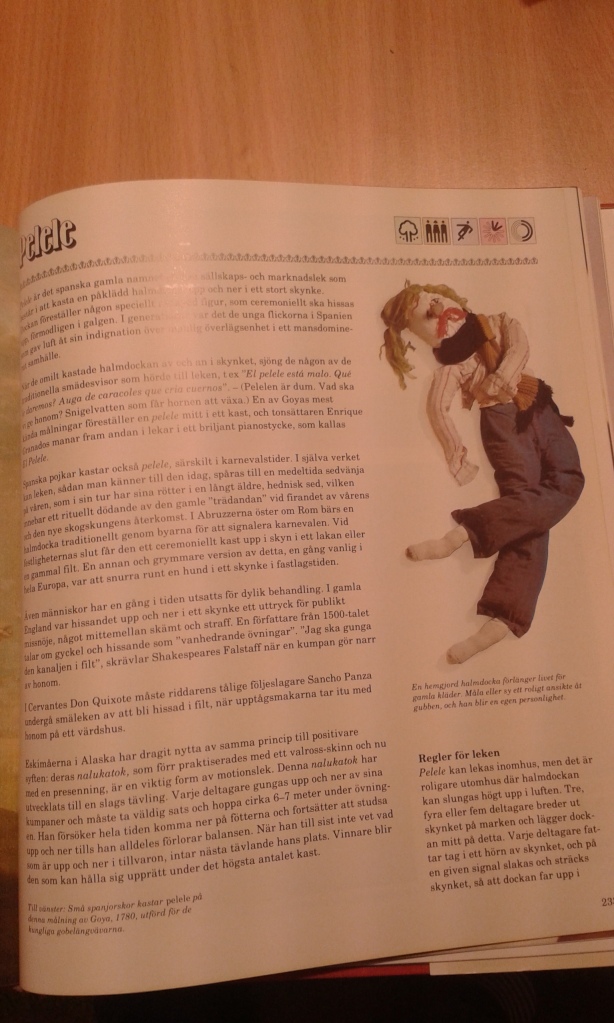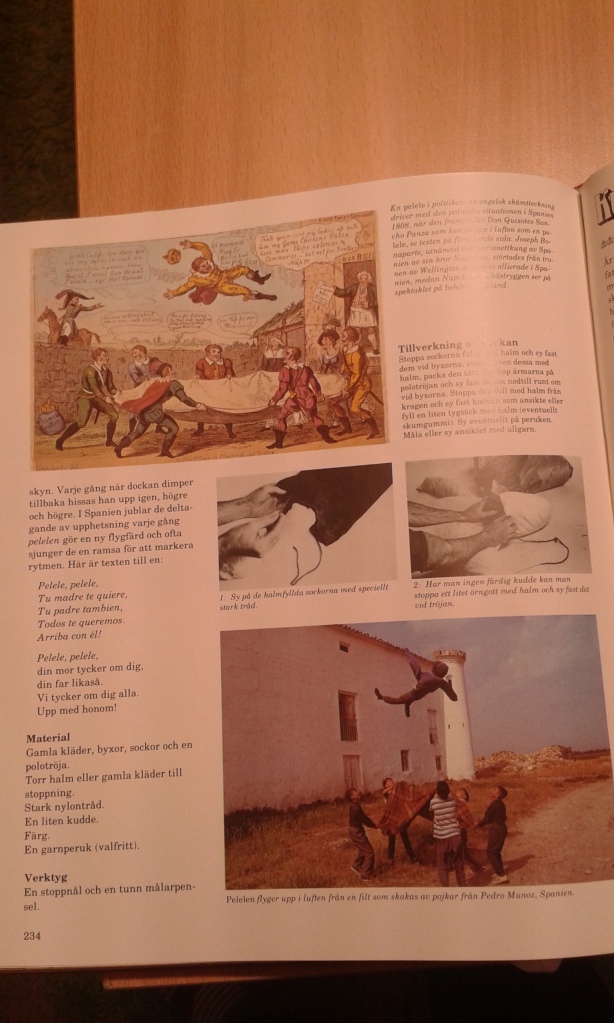Most of Morris’s late romances have a there-and-back-again structure which anticipates the organizing principle of Tolkien’s Lord of the Rings. ... As we have seen, The Water of the Wondrous Isles is no exception. ... then passes on from house to house, ... before revisiting all these locations on its way back ..., and then to ... where it started. This process of return in fantasy fiction is often read as a conservative gesture, an expression of the middle-class desire for restoration of the status quo, but for Morris it serves a very different function. ... return ... sees ... transformed by ... adventures, an expert in many different models of cohabitation, and the added power this transformation lends ... gives rise to a radical domestic transformation.
Between ... departure ... and ... return ..., ... visits a range of houses which articulate in different ways the conditions of their inhabitants. ... brings ... first to ... the Isle of Increase Unsought: a magnificent structure ‘nobly builded’ (p. 82), which incorporates a prison called the Wailing Tower where there are captive three young female slaves. One calls this structure the House of Death, and its unsound social foundations are later confirmed when it collapses as soon as its owner has been deprived of her magic powers. The Isle of the Young and the Old is inhabited only by children and one old man, and its once magnificent house is now ‘ruined and broken’ (p. 124), bereft of the solicitous care of strong and intelligent adult men and women. The Isle of Queens contains a ‘great house, white and fair, as if it were new-builded, and all glorious with pinnacles, and tabernacles set with imagery’ (p. 131); but this house holds only women, and the women are as motionless and breathless as statues, so that this building too could be called a House of Death. The same name would apply to the ‘castle, white, high, and hugely builded’ (p. 136) that stands on the Isle of the Kings, which is full of the motionless bodies of ‘all-armed men’ (p. 138). Each of these buildings speaks of a society that segregates genders and generations, unable to achieve the organic synchrony of elements which is the objective of William Morris’s ideal architecture. The final wondrous isle is the Isle of Nothing, which expresses the barrenness of such segregation; one is nearly stranded there in permanent solitude, with nowhere to go that suits one's needs as free.
...
... the states of entrapment to which ... is so often subjected: for instance, ... an imprisoning fog on the Island of Nothing, ...
So, to sum up the premises:
ARCHIPELAGO OF THE WONDROUS ISLES:
- a range of houses which articulate in different ways the conditions of their inhabitants,
- all people exist in a condition of permanent stasis, frozen in time like forgotten works of art
- many different models of cohabitation in...
- a dystopia segregated by genders and ages/generations, where everyone is subjected to various states of entrapment according to those parameters (ie gender and age/generation):
- ISLE OF INCREASE UNSOUGHT: young females - tower - captivity
- ISLE OF THE YOUNG AND THE OLD: children + 1 senior - ruin - living in squalour
- ISLE OF QUEENS: adult females - mansion - comatose
- ISLE OF KINGS: adult males - castle - comatose
- ISLE OF NOTHING: empty of people - desert island of permanent solitude - imprisoning fog
(this segregation is unnatural; all the people on the Wondrous Isles were destined to be brought to the mainland and become part of one society, populating the same village)
Magic, then, in Morris’s work, is a way of intensifying the personality of the user; the way it is used provides an index to the user’s desires and values. In the process it also provides a means for Morris to emphasize how power works at its best and worst, since magic is raw power. When used by the unscrupulous it demonstrates the effects of tyrannical power on its victims, which is to bereave them of their personal powers. ..., replicating the effects of the mysterious magic that binds the noblemen and ladies on the Isles of Kings and Queens in a deathly sleep, the residents of the Isle of the Old and Young in perpetual childishness. ... Magic entraps, encloses, and curtails, or else it liberates, comforts, and affirms; but in every case the person who works it, and the person on whom it is worked, find their identities painted in bolder colours by its operations, much as the personality of the sitter is enhanced by the process of having their portrait painted.
(all people exist in a condition of permanent stasis, frozen in time like forgotten works of art: adults bound in comatose sleep; residents of the Isle of the Old and Young bound in perpetual childishness -like in Neverland, also the senior is in his 'second childishness'-; maidens kept in captivity... all people exist in a condition of permanent stasis, frozen in time like forgotten works of art, due to mysterious magic --dark magic that entraps, encloses, and curtails-- whose origin is never explained. Metaphor?)
**************************************************************************
The organic interweaving of diverse ingredients represented here – company, food, deft manual or mental activity – is repeated time and again in other houses: in the prison-chamber on the Isle of Increase Unsought, where fellow inmates sit down to eat and talk while keeping a sharp ear open for the arrival of their captor, ....
... next set of garments are symbolic of ... first entry into a community. ... arrives at the Isle of Increase Unsought, where ... is enslaved again ...; and the three slave women ... meets here invest ... with clothes of their own before helping ... escape for a second time. The garments they provide are not just decorative coverings, however – they are also messages to their knightly lovers. Each has a story woven into it, so to speak, having been given to its owner by her fiancé, and ... learns the narrative behind each item when ... meets the bereft young men at the Castle of the Quest.
****************************************************************
On the return trip, the dystopia is healed:
In many cases old houses are repurposed as part of the journey towards this utopian future. ..., while the buildings on the ‘Wonder Isles’ of the enchanted Water have each been requisitioned by new inhabitants when ... visits them for a second time on ... journey back ....





















